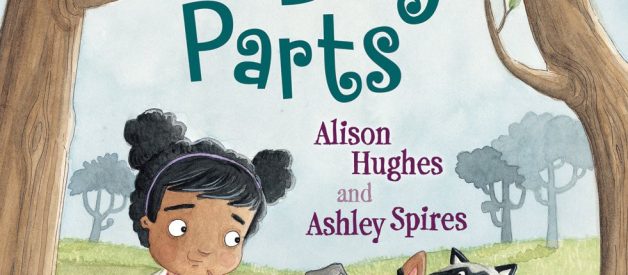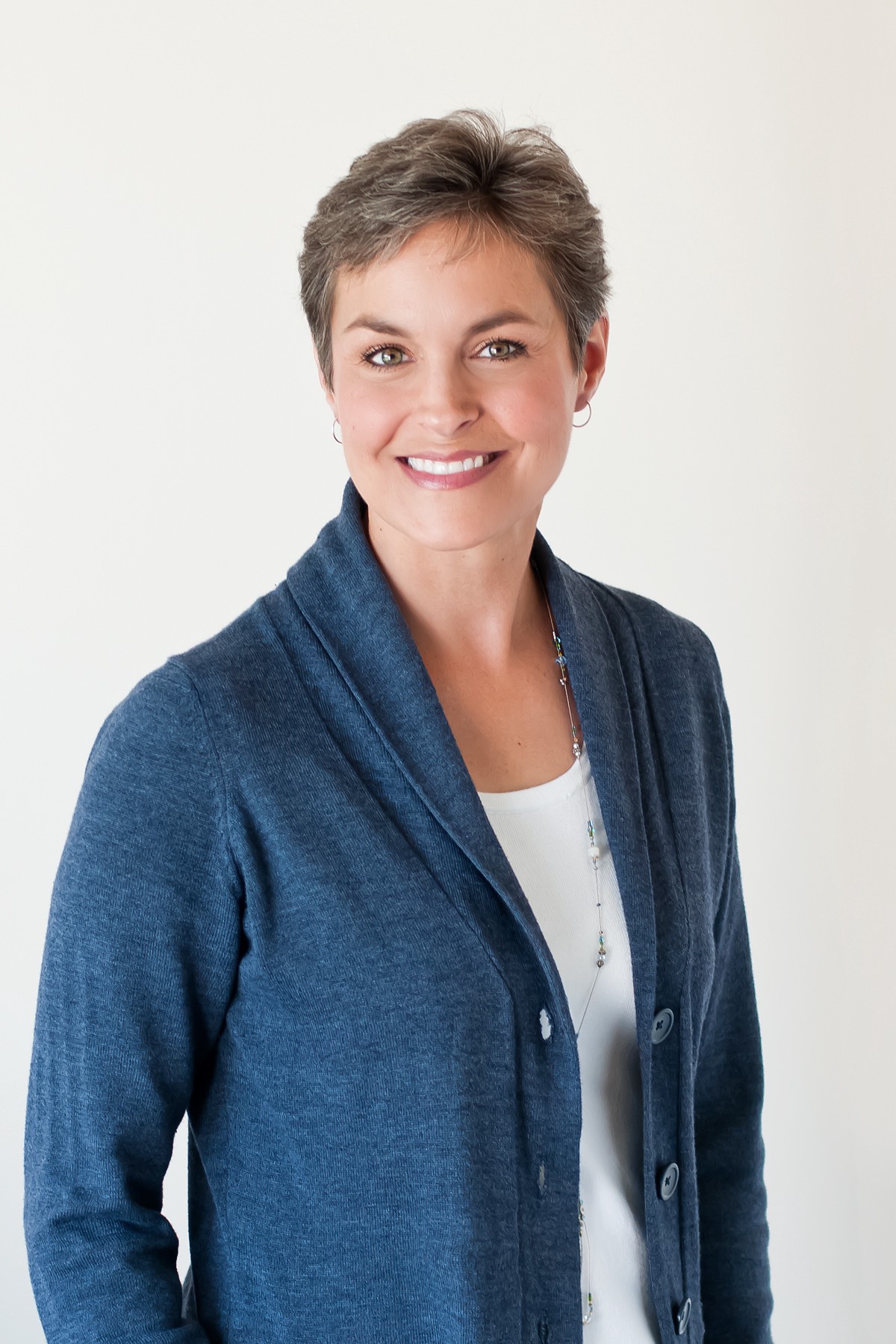
Picture books! For many writers, this is the most tantalizing genre of all. It might also be the single hardest one to crack.
So how do you do it?
The following is adapted from a workshop given by Edmonton-based children?s writer Alison Hughes, author of Lost in the Backyard, Spare Dog Parts, and Hit the Ground Running, at the Young Alberta Book Society in September 2017.
Alison knows a ton about this world, and she?s a super talented (and super prolific) writer in her own right. She?s given me permission to reprint her notes here. Enjoy, learn, and share?and buy one of her books to say thanks.
* * * * *
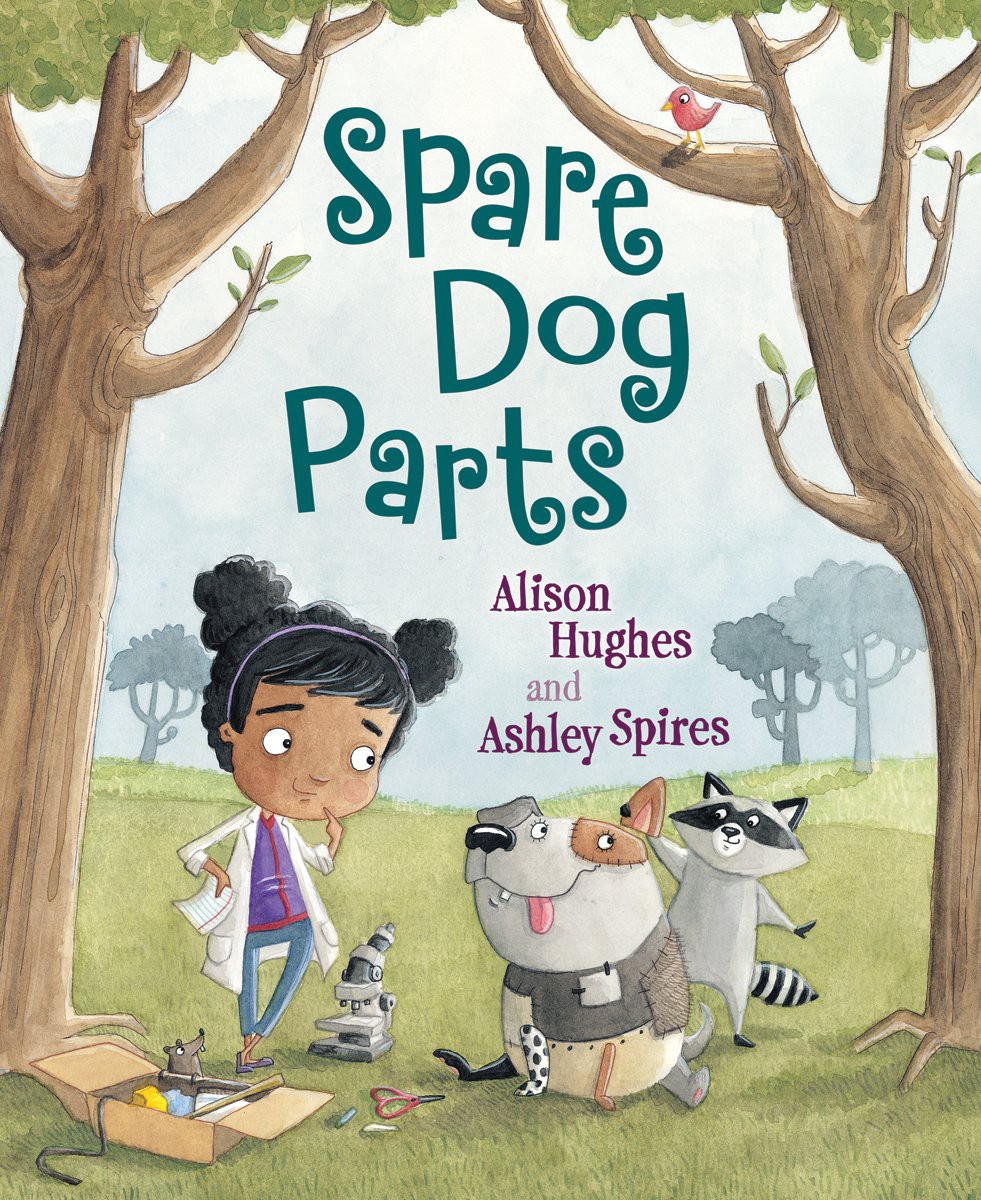
?Picture books are like ballet; it looks effortless, but you know the dancers? feet are bloody stumps.? ? Laurent Linn (author/illustrator)
Cons and Pros
I?ve inverted the pros and cons in order to get the negative out of the way first. And there are negatives to writing picture books everyone should be aware of; this is just a sampling.
Ultimately, the cons of writing picture books are picky and technical. They are the problems we?ve all encountered in writing children?s literature, only magnified. The pros are bigger-picture, and address creative enrichment, promotion of literacy, passion, influence, and fun.
Cons
- Tight structure. They are exactly 32 pages (only 26?28 of which are for the story) with rigid word count (under 1,000 words); you have to radically condense a complete story with full character and plot development.
- Scary lack of creative control if you?re an author rather than an author/illustrator.
- Finding ?fresh? ideas and voices can be a challenge (they?ve been done without words, without illustrations, etc.). But that?s like all literature.
- Very difficult to sell (saturation of PB market, expense of producing them).
- Lots of rejection. Many publishers don?t accept unsolicited PB submissions, many agents don?t represent PBs or only represent them if the author writes in other genres as well.
- Royalties are split with illustrator (in a standard contract, 5% on the first 10,000 copies; for a middle grade or YA the author receives 10%).
- Very long lead time from acceptance to publication (often 2+ years).
- Labour-intensive research of markets, publisher preferences, and guidelines if you don?t have an agent.
- There is an increasing marked industry preference for author/illustrators rather than just authors.
- Not a highly valued genre among the writing community and the more general community, who sometimes denigrate PB writing as simplistic or immature. (They?re wrong, and you?re not writing for them anyway.)
Pros
- PBs are the building blocks of literacy, and stimulate a life-long love of reading.
- They bridge early childhood development and family literacy, because they are most often read out loud between a parent/caregiver and child.
- They can be deeply influential and often passionately loved (what other audience reads your book possibly hundreds of times, and passes it on to their children?)
- They?re fun and stimulating to write.
- They stretch your writing and editing skills (more like poetry, with the use of metaphor, limited word counts).
- They often have a double meaning or one that can be extrapolated. For example, Spare Dog Parts is about a child imagining how her weird mutt came to look that way, but it?s also about children accepting their own possibly unconventional beauty, both inside and out.
- They are smaller, more manageable projects than middle grade/YA. They can bridge creative lulls, or that flat feeling after a big project is done but another big project seems daunting.
- They make you more marketable for school, preschool, and library visits.
- They are creatively stimulating in other ways (for example, presentations based around picture books can include songs, dances, crafts, games, props).
- They extend your reach and name recognition with children, educators, librarians, parents and the kid lit community.
- They can present collaborative opportunities (and friendships!) with illustrators.
- They?re beautiful.
- There?s room for absurdity, silliness, nonsense. And for big themes and profundity.
- There are almost no limits on subject matter (talking dogs or crayons? Check). Once you start writing them, it?s very difficult to stop. Everything is a great idea for a PB.
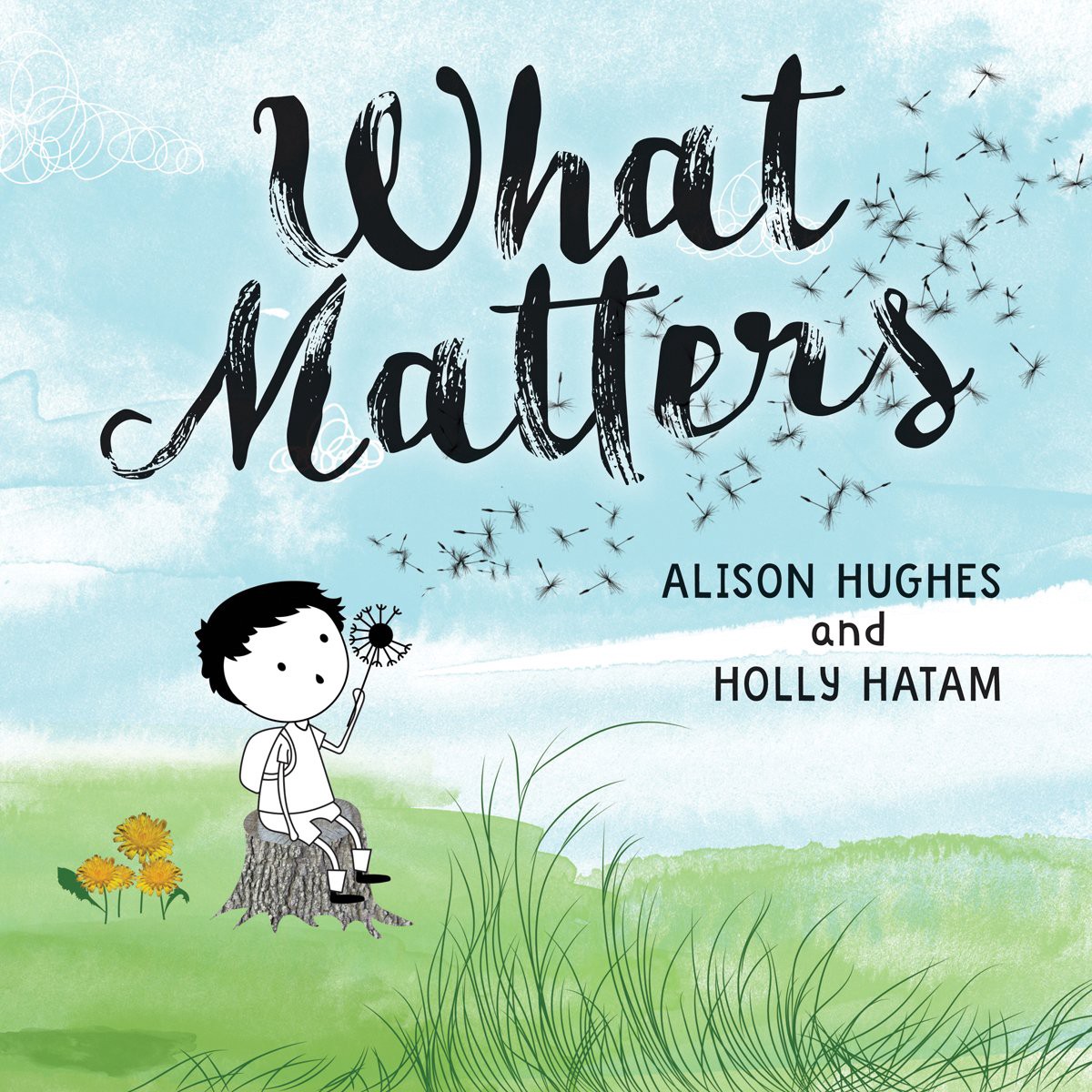
Anatomy of a Picture Book
Where do they fall on the spectrum of children?s literature?
- Board books (0?24 months): minimal text (each page is hard, to withstand gnawing and gumming).
- Picture books (anywhere from preschool to grade 2/age 7): 32 pages, and can be fiction or non-fiction. I can?t comment on non-fiction, but for fiction, there is a maximum 1,000 words (often advised to aim for 500).
- Early readers/chapter books (ages 7?9): 6,000 to 8,000 words. Simple language and sentence structure for children just beginning to read chapter books on their own.
- Middle grade (sometimes called juvenile fiction ? 8?13 year olds): 35,000 to 50,000+ words.
- Young adult (teen ? 13+ years) ? 40,000?70,000+ words, novel format.
- Graphic novels
Picture Book Specifics
Length: Picture books are almost always an industry standard of 32 pages. When printers fold large sheets of paper, eight pages folds smoothly into a ?signature? (16 pages), while any more results in a group of pages that are too thick for binding. Two ?signatures? equal 32 pages. The 32 pages can all be printed on a single sheet of paper, making it cost-effective for publishers. Printers/publishers generally charge more for books that deviate from the 32-page standard.
Word count: For fiction, never go over 1,000 words. Ever. Many publishers are very clear about this, and there is no wiggle room. Aim for between 500?700 words.
Format and terminology:
- Jacket: The loose sheet folded around the book?s cardboard cover. The two parts of the jacket that get folded into the book are called the ?front flap? and the ?back flap.? The front flap usually describes the book and has marketing text. The copy on the back flap is usually information about the author and illustrator.
- Ends or end sheets: These are the pages that are glued to the cover of the book (not usable for text, but sometimes have illustrations on them).
- Book block: The actual pages of the book.
- Signature: Printers set bundles of paper sheets into the cover in sets of four. Once bound in, and counted front-and-back as pages, those four sheets make 16 pages. A 32-page book has two signatures of paper in it.
- Spread: An illustration that spans two open pages in a picture book. Usually combined with single-page illustrations within the book, depending on the needs of the story or the impact desired.
- Gutter: The dip in the middle of the book where the pages are bound. Editors and illustrators want to avoid text and illustration being lost in this area.
- Page-turn: A technical term denoting the breaks or divisions within the story as pages are turned. Page-turns can be used very effectively as part of the storytelling to build suspense, surprise, fun and emotional or visual impact. They?re important to think about when you?re writing and editing the story. The classic example of a book using page-turns to great effect is The Monster at the End of This Book.
- End Sheets: Once bound into the book, page 1 is not part of a two-page spread, and neither is page 32. Those are end sheets. In a 32-page picture book, you don?t actually have 32 pages for your story. You really only have 24?28 pages, since 4?8 are used for the book ends, copyright and title pages.
- Back matter: This is factual, interesting material that is appended to the back of a fiction book. It elaborates on some aspects of the book, and should be a natural fit for inclusion. It gives parents/educators a little more room for starting conversations.
- Dummy: This is when a writer/illustrator plots out a picture book in an actual book layout (see sample layouts). You don?t have to do this, but some people find it helpful. Depending on the editor/publisher, they may or may not want to see a copy of the dummy you create.
Note: While it is useful to know the technical specifics of picture-book layout in order to write an effective story, all of the actual layout will be done by an editor, in collaboration with an illustrator. Even if you have fashioned a PB dummy, the editor may have other ideas.
I really urge you to write a story first, without constraining yourself about page turns, formatting, and spreads. The story is the most important part: it has to have compelling characters, a defined plot and resolution. When you?re revising you can think more practically about where it might fit in a layout, or just leave that to an editor.
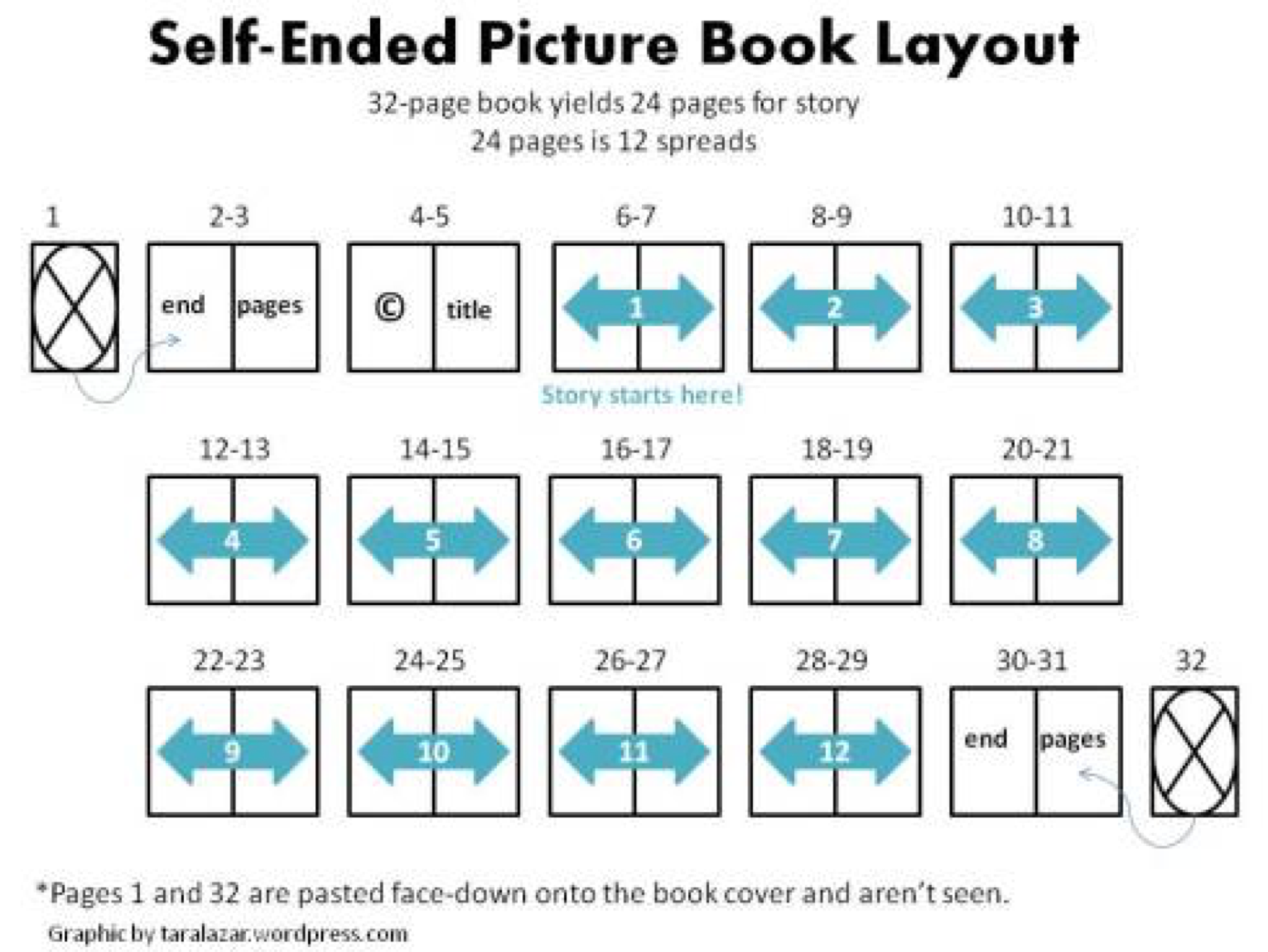
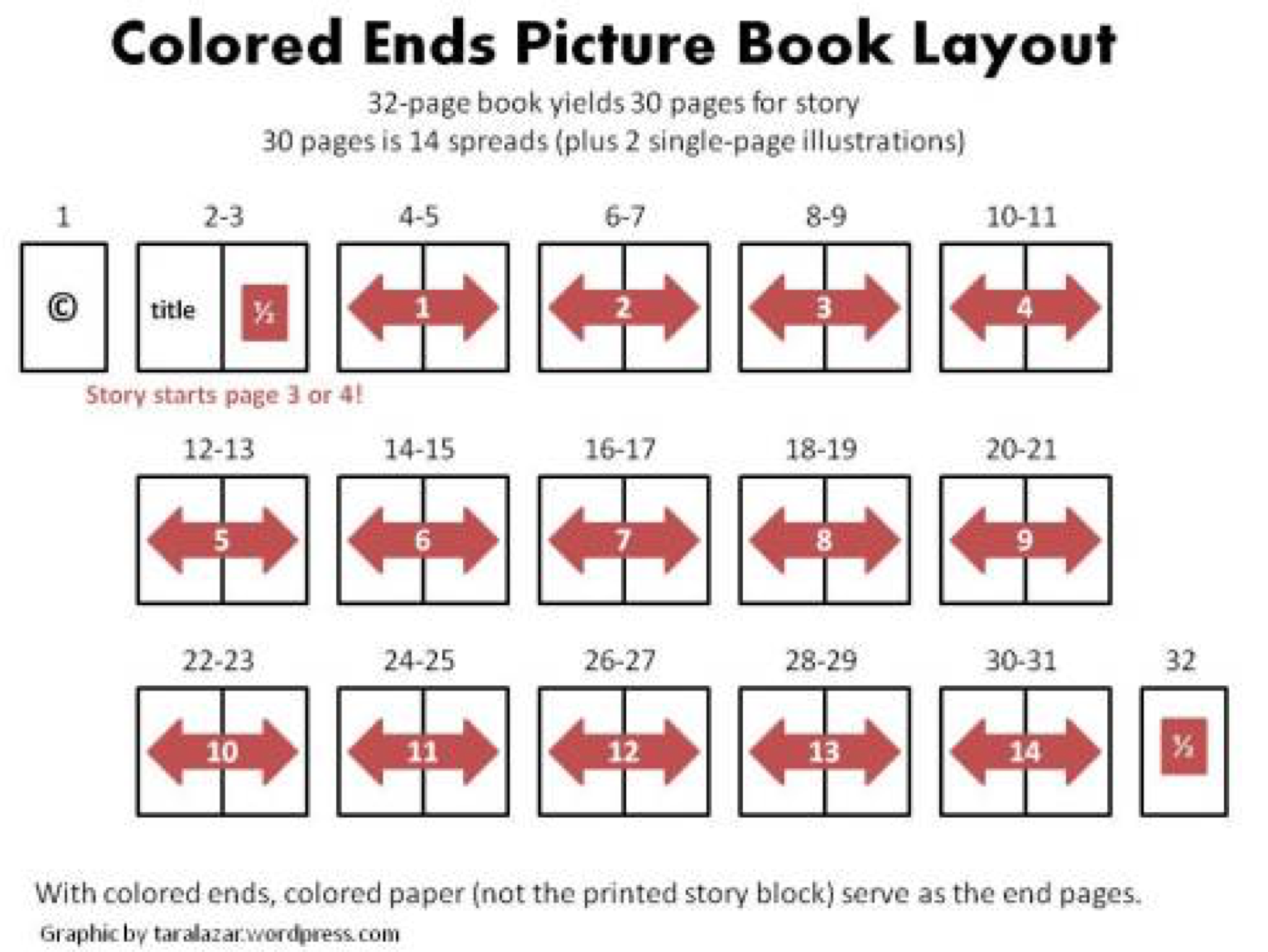
Writing the Story
Ahh, the fun part. Because we?re all writers, I?ll be saying the least about this topic, only highlighting things distinctive to picture books.
Story
- Know what?s out there before you start.
- Be current, and resist writing books reminiscent of your own childhood.
- Understand classic PB themes (more on these later).
- Mine your life?s stories and your memories (what were pivotal moments in your life or your children?s lives?).
- Be open to moving your readers emotionally.
- Rhythm and repetition of language are useful tools.
- Remember your audience.
- Write out the story without blocking it into pages.
- Central character should be as young as the intended audience of children under 7 years old (can be a gerbil or a robot, but should be child-like).
- Jump in! There?s no room to waffle; try to say who, when and where in the first two sentences, and then start to outline the problem the character is facing.
- Characters speak strongest through their action and speech (showing not telling).
- Pay special attention to first (the hook) and last sentences.
- Read it out loud to your dogs (I find them to be lovely listeners) or to family or friends. Reading aloud really does work. It makes it much easier to spot rough patches, and imperfect rhythm.
- Edit, edit, edit. Get rid of as many words as you can. Keep illustrations in mind.
Illustration
- As a writer, you must leave space for the illustrations! This is an obvious point, but it is critical. The illustrations might tell half of the book, and they will provide much of the description, setting and atmosphere. This frees you up for story and character creation.
- The text and illustrations work together; they don?t just repeat each other.
- After editing and (maybe) consulting the author about their vision for the book, the publisher chooses the illustrator, and the editor works with them. The author has no role in this process. Imagine if illustrators told us how to write! All the professionals involved in the book deserve to be given space and respect for their various skills.
- Writers will generally be shown the layout of the book with illustrations during the later stages of production. This is a chance to carefully consider the text/illustration cohesion of each page (I?ve hated it when I?ve read PBs where the text doesn?t match the illustration. It?s jarring and kids always pick up on it). You can point these out to the editor for correction. Practically speaking, it may be the text that has to be altered.
Language
- Simple and straightforward, but can be lyrical (poetic or metaphorical).
- No simplistic baby-talk. Don?t confine yourselves by assumptions about what children this age can read. Very often it?s read to them, and part of their linguistic development is learning new words.
- Active and lively rather than passive voice.
- No rhyming. This is difficult to do really well, and most traditional publishers won?t accept books in rhyme. But you can use rhyme within the book.
- There should be a rhythm to the language. It helps to read it out loud.
Pacing (general guidelines)
- The end of the beginning or introduction should occur around pages 6?7 or 8?9.
- The building of the dramatic arc falls between pages 16?17 and 18?19.
- Pages 28?29, 30?31, and 32 are for the climax and resolution.
- Each two-page scene should lend itself to illustration and advance the overall plot.
- Be mindful of page-turns: end a page with an interesting or suspenseful line, encouraging curiosity in the reader to see what?s next.
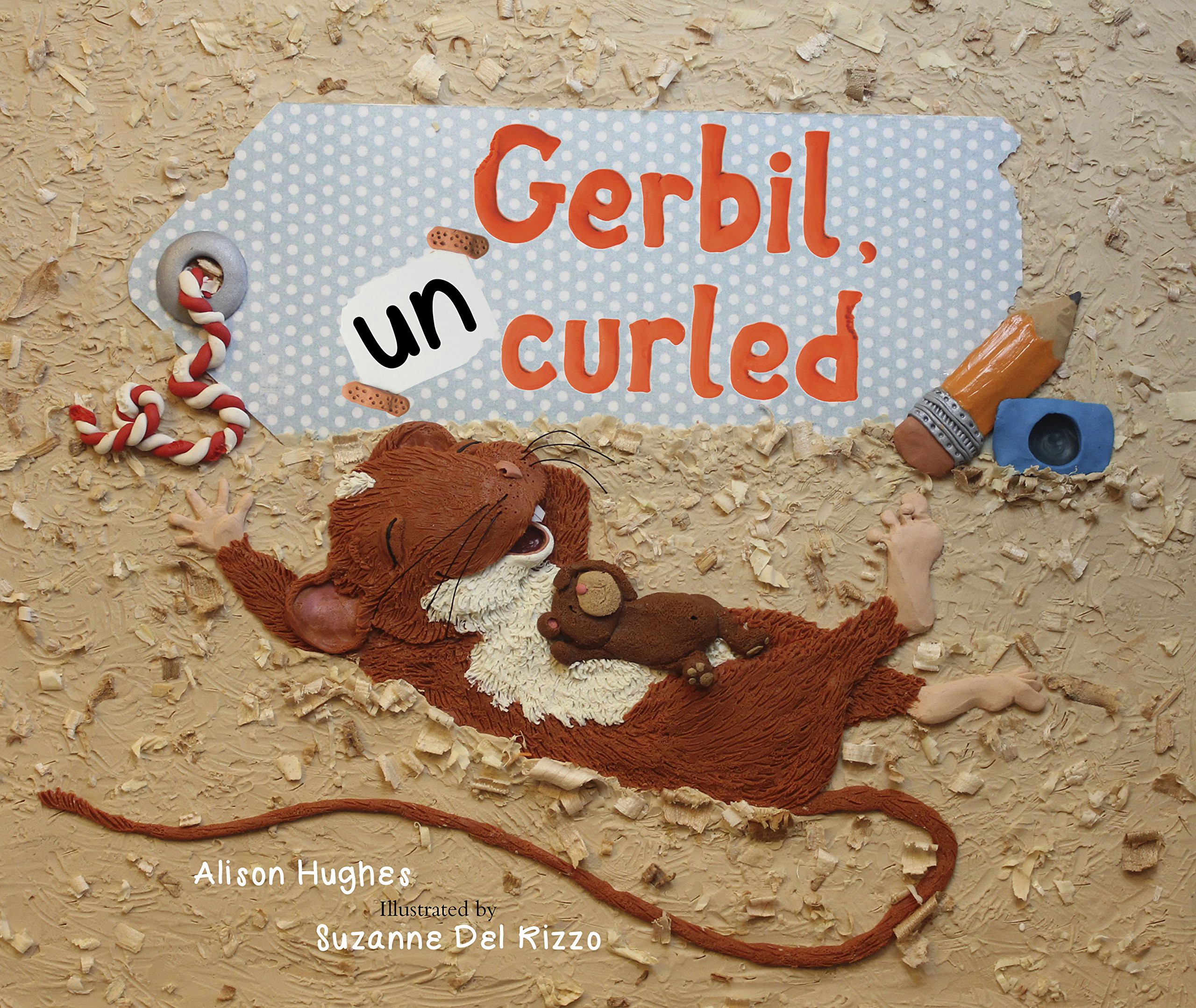
Picture Book DOs and DON?Ts
DO?
- read a lot of picture books, both current and classic.
- talk to young children, or mine your own memories of childhood.
- respect your audience (children 7 and under).
- keep an ideas journal or list. The kernels of ideas for PBs can often be very small and easily forgotten.
- write something fresh and original.
- ensure your story makes an emotional impact.
- write a story. All the important elements of story still need to be there. It?s just compacted, and the setting is in the illustrations.
- write great characters (build character through dialogue).
- have the story build to a climax. It should not just be a random assortment of things (I love you more than a room full of bubble gum, a sky full of stars?).
- be aware of the rhythm of the language and read it out loud.
- make a child, or a creature a child identifies with, the central character. An adult should never be the protagonist.
- show and not tell
- remember the illustrations! Leave space for them. Let them do the heavy lifting of descriptions, and save your words for action, dialogue and character development.
- have some tension or a problem that is central, with a defined resolution.
- make a dummy if it helps you envision the book.
- look at curriculum descriptions, current topics in child psychology, current trends in teaching, and current events to stimulate ideas for stories.
- your research on publishers. A publisher that does mainly environmental/social justice PBs probably won?t be interested in a wacky story about a hockey-playing beaver. But another one might love it.
- know the market. Browse bookstores and libraries and know what?s out there.
- remember that young children face many of the same problems and issues as older children (fears, anxieties, bullying, and stress). Their worlds are just smaller, and their capacity to cope more limited.
- remember that these books will be read by parents to children, and that your book may be part of a lovely bonding time. Be humbled by this.
- remember that kids love to laugh.
- consider great back matter. Educators love fact-based back matter, even when the story is fictitious, and many publishers want it, too.
DON?T?
- minimize the writing of picture books. If you?re embarrassed by it, if you feel silly or defensive writing a picture book, you probably shouldn?t write them.
- write down to children, just as you wouldn?t talk down to them. Simple doesn?t mean simplistic, and it definitely doesn?t mean cute or babyish.
- use alliteration in your title (for example, Cameron?s Cat Catastrophe).
- ever go over 1,000 words, and often shoot for 500.
- merely write a catalogue of things; there should be a sense of events building, a problem with a resolution.
- indicate what illustrations you envision, or at least only do so when it?s necessary (these are professional editors you?ll be pitching to, who have keen and experienced eyes and will discuss it with you and with the illustrator).
- waste words on description. That?s what illustration does. Also, you can often axe ?he said? and ?she said? from dialogue.
- write for the adults.
- write in rhyme. Ever. Most publishers won?t even look at it.
- write about tired childhood clichs (the monsters under the bed, etc.).
- emulate popular PB styles or trends but think of what?s right for your story.
- teach or preach. Overt morals are the kiss of death. But many PBs have deep themes and metaphorical messages.
- centre your story on an object. The main characters should be children or creatures or animals (and publishers seem to be moving away from the latter).
- worry if you have a stock of PBs that haven?t sold. Keep writing them. You can go back to them, tinker with them, and sometimes you get an editor listening and you can pitch several at them at once.
- assume a killer query letter isn?t needed for a PB. It is. Spend time on it, and revisit it (and the manuscript) when you get a rejection.
- assume that once you get a publisher, the editing process will be a breeze. There are so few words to work with, each one counts. The difference between an ?a? or a ?the? might be critical. Also, carefully scrutinize the illustration-text cohesion.
- ever give up. There are tons of reasons editors/agents decline picture books. They are expensive to make, they only publish a select few, they have a specific focus for their list, the timing is wrong, the subject matter has been addressed recently, etc.
Markets and Trends
Selling picture books, like any other books, is a mixture of luck and dogged persistence. If you have an agent, unless they specifically rep PBs, you should still be doing some homework. If you have a publisher that does picture books, talk to the picture-book editor about your idea.
There?s a ton of information on the internet about PB publishers who accept unsolicited submissions. It?s just a matter of sifting, and of seeing who publishes the kind of books you write.
Speaking very generally, Canadian picture-book publisher hot trends are Indigenous issues, diversity, environment, and refugee issues. Deep meaning, very worthy books. U.S. picture-book publishers seem more open to goofy or funny books, particularly with a commercial angle. There always seem to be places for novel formats (wordless picture books, picture books without pictures, etc.). And there seems to be a resurgence of self-referential style books, where the book is conscious of it?s being a book, and possibly a character speaks directly to the reader.
Like all children?s lit, showing diverse characters is important. Any character should be compelling, entertaining or captivating as they work through some issue or problem.
1. Know what?s out there
- Read the award winners.
- Visit bookstores or libraries and familiarize yourself with what?s been done.
- Read the bi-weekly Children?s Bookshelf updates from Publisher?s Weekly.
- The Society of Children?s Book Writers and Illustrators Insight magazine will often interview an editor who will be open to member submissions for a limited time.
2. Write something that feels fresh
- Avoid re-hashing and repeating common themes (monsters under the bed, bossy big sisters, etc.).
- Avoid piggybacking on existing bestsellers.
- Avoid adult protagonists (should be a child slightly older than the reader).
- Fresh takes on old themes (e.g., fractured fairy tales) are often welcome.
3. Connect with other picture-book writers
- The Society of Children?s Book Writers and Illustrators
- Critique groups
4. Read about writing PBs
A few suggestions:
- Writing with Pictures by Uri Shulevitz
- Picture This: How Pictures Work by Molly Bang
- Second Sight: An Editor?s Talks on Writing, Revising, and Publishing Books for Children and Young Adults by Cheryl Klein
5. Find a good fit
Research publishers thoroughly to see who publishes the kind of book you have written. When you?ve settled on the ones you?re interested in, follow the submission guidelines exactly (some are very picky about accepting only mailed submissions, or emailed submissions that include the query and the full PB manuscript in the body of the email).
6. Be professional
Picture-book editors are as rigorous as other editors, and look for:
- A great query letter with a great hook, which mentions your qualifications for the project, the research you?ve done, and your publishing credits.
- Evidence that you?re taking the project seriously and professionally (some expressly state no pet photos, ?little kid? language, coloured paper, or recommendations from relatives!). Also be wary of submitting PB ?dummies? unless they ask for them.
- A submission format that credits them with being industry professionals. The story should be double-spaced, separated into paragraphs, and with illustration directions omitted or kept to a minimum.
7. Consider including back matter
In a picture book, back matter (additional interesting tidbits, facts, or information at the end of the book) is a way of expanding the book?s reach, themes, and interest. This is popular with educators and librarians and might show a publisher that you?ve thought deeply about the project. The publisher may not be interested in it, but it won?t hurt your chances to add it (if it?s relevant and logically connected to the story). The aim of back matter is to broaden the discussion about the book, and to provide educators, librarians, and parents with some interesting talking points. But bear in mind that while some books lend themselves to back matter, others don?t. Some publishers will be really receptive to it, but some won?t.
8. Fight rejection dejection
There are more reasons a PB will get rejected than a middle grade or YA novel. There are so many more of them submitted (because everybody that ever was a child or has children thinks they can write one) that they really have to stand out. They are expensive to produce, and sell at higher prices, so publishers really have to be invested in them. Many publishers only publish three or four a year. It?s not a bad thing to have several picture books in your arsenal when you?re submitting. That way, if an editor says ?this one just isn?t right for us,? you can fire off another while you have their attention.
